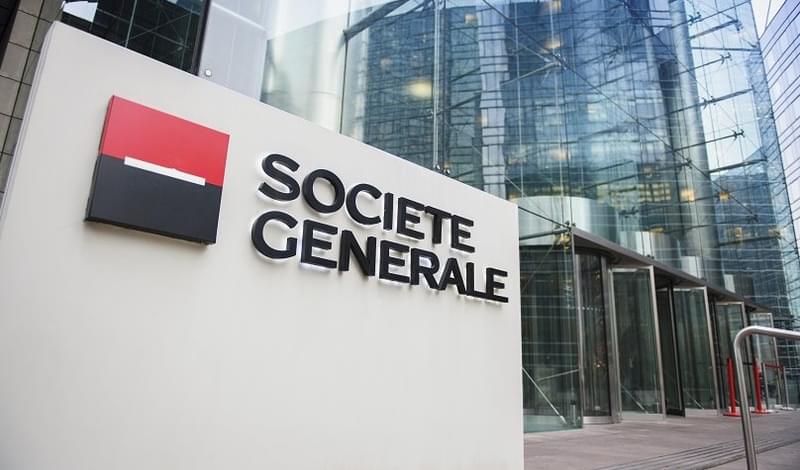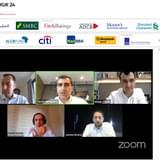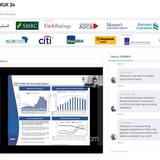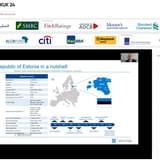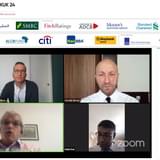What is your outlook on the CEEMEA region’s DCM markets?
2015 in terms of volumes was driven by a range of factors. Sanctions in Russia had an effect on the economy; geopolitical risk was on the rise, particularly in Turkey; and China was encountering some severe economic challenges. But since the beginning of 2016 we have seen an encouraging rebound in EMs, which has benefitted CEEMEA, driven largely by the longer accommodative rate environment, oil price stabilisation, and more optimistic sentiment around China.
The second quarter of 2016 was particularly successful across CEEMEA and a range of asset classes. In Russia, which has seen a great deal of buyback activity and lower yields, and Eastern Europe, we have seen more sovereigns, corporates and FIs come to market. Activity in the Middle East in 2015 largely focused on the loan market, but the transition into the capital markets this year has been quite clear – not just in the jumbo transactions we’ve seen from some of the sovereigns in the region, but the increase in issuances across the corporate and financial sectors. This year is increasingly becoming known as the ‘year of the Middle East’ for the debt capital markets.
We remain confident about the second half of this year. If we look at how the EM asset class is performing post-Brexit, particularly if one takes idiosyncratic risk rather than systemic risk into consideration, they are among the best performers – if not the top performing assets – in the markets today. Continuing growth in the US and increased confidence in China will help ensure the trend continues.
 How will the US Fed softening its trajectory for an interest rate rise affect CEEMEA issuers?
How will the US Fed softening its trajectory for an interest rate rise affect CEEMEA issuers?
The main driver for the EM asset class is the Fed softening its trajectory for a rate rise. At the same time, we are seeing some of the world’s central banks signalling more easing on the horizon, particularly in the UK, Europe and Japan. This is in contrast to last year, when we saw stronger divergence between the policies being adopted by the major central banks.
All of these shifts are a net positive for emerging markets, particularly as Developed Markets’ asset prices face further downward pressure. There is increasing confidence in EM assets relative to DM high-yield assets, the main picks for investors searching for yield, and in emerging markets sovereign risk is still fairly sound on the technical front despite some readjustments on the rating side.
International investors seem to be more optimistic about opportunities in the Russian debt space, and the cost of borrowing seems to have dropped dramatically in the country – to pre-2014 levels for many. To what extent does uncertainty still dominate the DCM outlook in Russia?
Russia is in our DNA – we have a significant presence there via Rosbank – and we have a deep relationship with clients on the ground, and have a robust platform for the ruble market to complement our international currency capacity. We have already seen a significant rebound in the Russian local-currency debt market and for some issuers, placing ruble bonds and making use of currency swaps has been a popular strategy.
Will we see more Russian issuers tap the Eurobond markets?
We may see more than last year, though it will remain selective and directed more to exporters with a natural FX hedge. The strategy of buying back existing notes and issuing new ones will remain because while the economy is moving in the right direction, we are still in a low growth environment, so we don’t get the sense there is an overwhelming need to increase CAPEX on the ground, which will impact the kind of borrowing activity we are likely to see there. That being said with USD bond yield now back to pre-sanction levels, capital markets will also become more competitive and attractive versus bank lending.
Brexit is at the forefront of the minds of many. Care to share your thoughts on how this will impact CEEMEA DCM between now and any formal withdrawal from the European Union?
The aftermath of Brexit has actually been positive for EM assets as they benefit from lower for longer rate environment which boosts the attractiveness of CEEMEA credits. Inflow into EM fixed income is reaching record highs as investors are searching for return. Also, Emerging markets/countries now appear somehow remote and more stable against Europe’s weakness, notably when it comes to USD funding.
Investors who stayed sidelined before the referendum are now engaging their accumulated cash, ready to go down the credit curve and re-direct their investments.
Among CEEMEA, Eastern European countries have the strongest links with the UK through direct trades and remittance flows however there is probably a limited immediate impact for the region. Indirect effects could arise overtime depending on potential impact on Europe .
That said, Poland has seen its credit outlook revised downward four months after a downgrade, after the government rolled out new banking taxes and fairly substantial social programmes. The country’s currency has taken a hit. To what extent is this, and the general political and economic direction of the country, a cause for concern for international banks like Société Générale?
Societe Generale’s retail presence in Poland through Eurobank is very sound with a focus on consumer finance. Hence, while we have an active investment and commercial banking platform in the country, we can be much more agile and flexible than some competitors.
In terms of Poland’s outlook, we are still quite bullish – particularly if you look at sovereign credit soundness. The credit metrics of the sovereign are still strong, and the move from the credit rating agencies was more related to the uncertainty surrounding some of the new policies the government plans to implement as well as the potential consequences on growth down the road. Lowering the retirement age, higher subsidies, and the willingness to nationalise some industries including the banking system could have potential costs.
At the same time, we have seen some nice developments in the country’s capital markets and this year is being pegged as one of the most active Poland has seen since 2013. SG has led a number of transactions so far this year, both in the euro and zloty market, and there is a robust pipeline shaping up, including the issuance of new covered bonds. Also some of these measures – including taxation on banks – and potential action on CHF mortgages could also lead to more issuances in the future.
Some markets are inevitably tougher to crack than others, and have very different dynamics. Given your wide geographical reach, can you share some insight into how Société Générale differentiates itself in the three main regions you cover: Central and Eastern Europe, the Middle East, and Africa?
We are present in 27 countries, which gives us an edge over our competitors. We have multi-currency platforms, which gives us a competitive advantage and allows us a certain degree of flexibility and balance. Our DCM presence is spread out and allows us to target areas of strategic importance throughout emerging markets, and it also bolsters our distribution capability, allowing us to tap into numerous pockets of investors in these markets.
Our main strategy is to leverage on our presence on the ground. We have a fairly large retail network in Eastern Europe, Africa and Russia, along with a DCM presence in Paris, London, Dubai, Warsaw and Russia, and we are often in the top three in each region we serve, which is crucial. We leverage on our existing and historical local relationship with corporates and financials, as well as sovereigns – which are key for us, and provides us with a very strong hedge because we always have clear insights into the local environments we serve.
